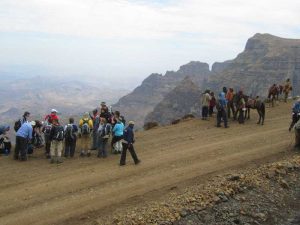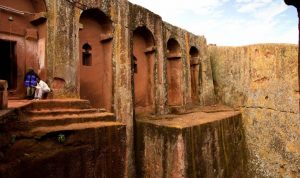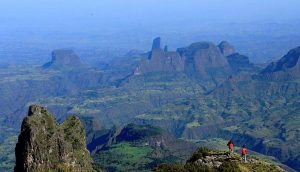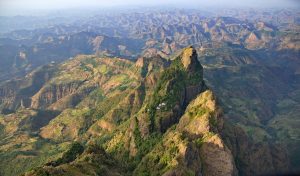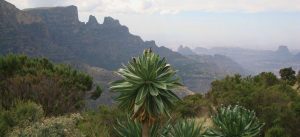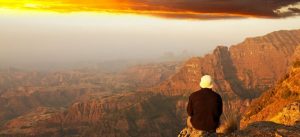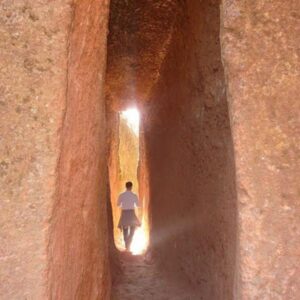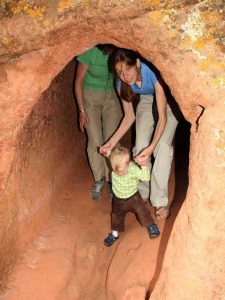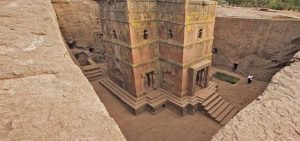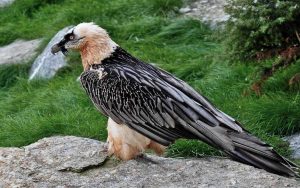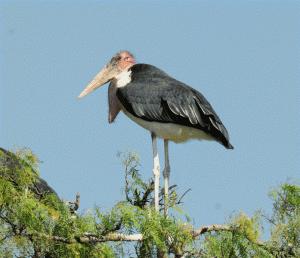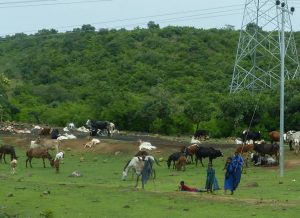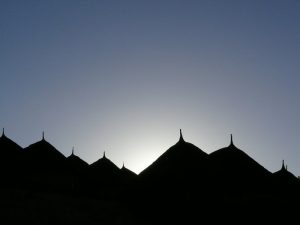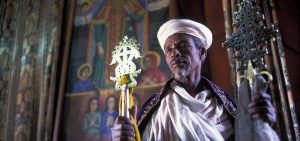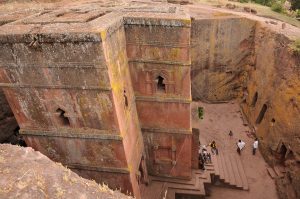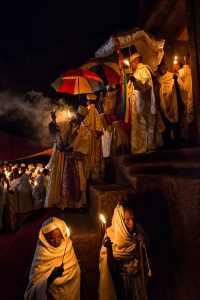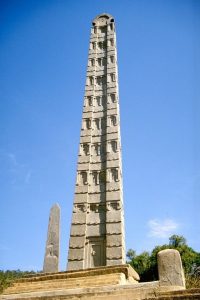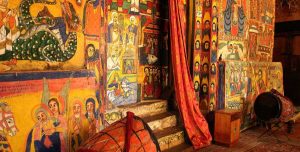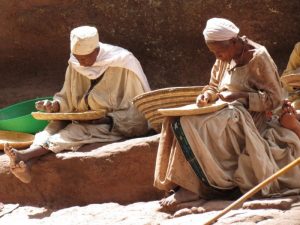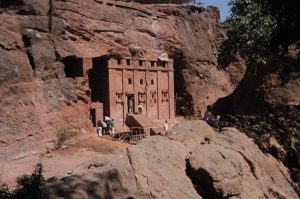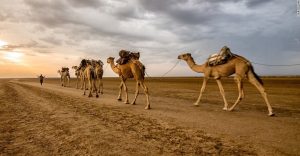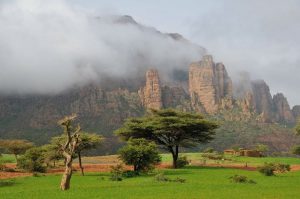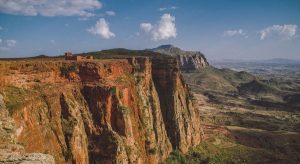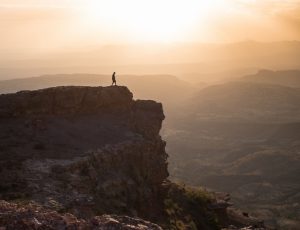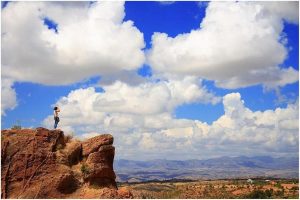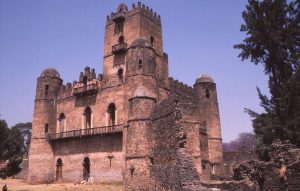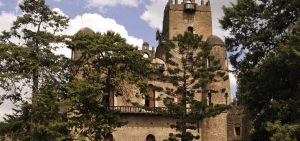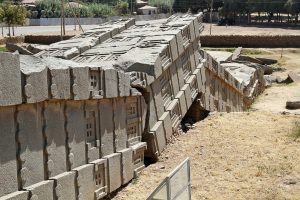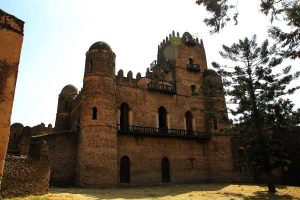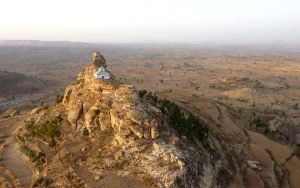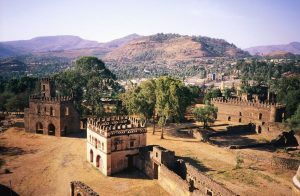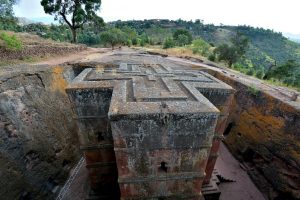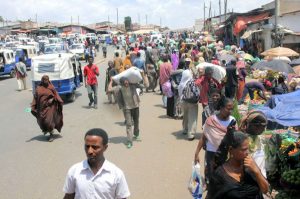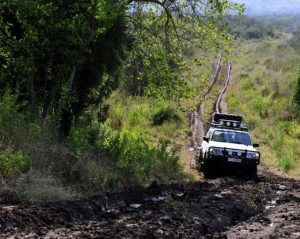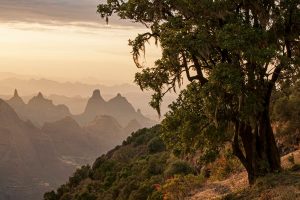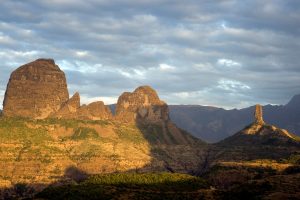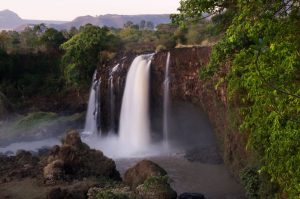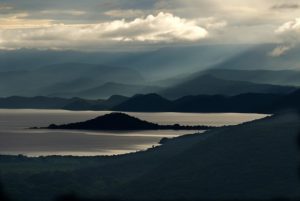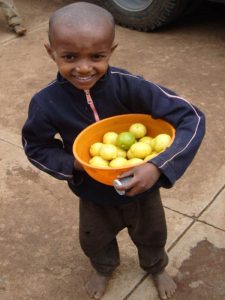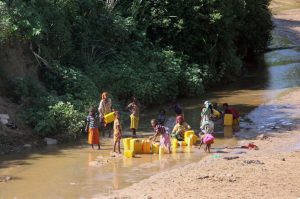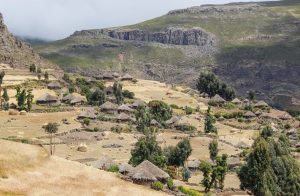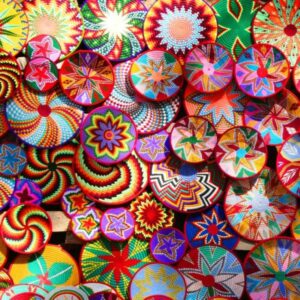Essential information
Plan your trip
Getting around Ethiopia
Road: The best way to experience the variety of scenery Ethiopia has to offer is travel by road. Ethiopia’s road network has improved substantially in the past decade or so thanks to an extensive road maintenance programme and many roads are become an asphalt.
There are a several highways in Ethiopia, majority of the roads are in good condition:
The major roads leading out from Addis Ababa are tar-sealed, all-weather roads along all (or most of) their routes. Many minor roads are paved and traversing them can be comfortable.
By car: -A good way to tour Ethiopia is by car. They can take you off the beaten track so you can see the beauty and attractions of Ethiopia.
We use reliable and well maintained Toyota Landcruisers, Buses and minibuses throughout the entirety of this tour and our drivers are chosen by us for their skills, their safety, their experience and their good nature. The main roads in Ethiopia are often newly tarmaced and facilitate comfort and efficiency. But this tour frequently goes off-piste to explore much more unusual areas, making the comfort and quality of our vehicles of utmost importance.
Vehicles /Transport: During the course of your trip, we will use a variety of vehicles, all which are fit for purpose and the conditions encountered. We will be using a 4WD Toyota land cruiser, mini buses or coater buses depending on the condition of the road and the size of the group.
These land cruisers can accommodate four to five participants. Travelling in Ethiopia is a great adventure and needs much patience and flexibility. The quality of the bus is not always comparable with the standards that you are used to in the West
Travel documents (Passport and Visa requirements)
Your passport should be valid for at least 6 months after having left Ethiopia. Also keep in mind that your passport needs at least 2 consecutive blank pages. A photocopy of your passport is a great idea (keep it somewhere separate in your luggage).
At present, a visa is required for entry as a tourist into Ethiopia. You should apply to your nearest Ethiopian embassy . For some nationalities it’s possible to obtain a tourist visa on arrival into Addis Ababa airport, visitors will need to bring two recent passport-sized photographs. Please check the visa requirements for your country well in advance of travel as they can of course change at any moment.
Upon request we arrange visas for our travellers, or if an invitation letter is necessary then we will arrange this for you.
There are no mandatory vaccination requirements
When is best: The Ethiopian Tourist Board proudly promotes their slogan “13 months of sunshine” to anyone who will listen, but they are not far off the mark. The rainy season in the North is in July and August, but whilst that might stop you attempting a multi day trek in the Simien Mountains, it won’t really affect you if you are planning on touring the Northern Historical route. The best time to visit the North is in Autumn, after the rains when the mountains are full of lush green and the views are in impeded by haze.
When to go — All year round
Accommodation: Currently, Ethiopia is known for its fine and luxurious hotels and Lodges . Reliable hot showers are generally speaking still a luxury and places with genuine charm are available. All accommodation throughout this tour is 2 -4 star (comfortable hotels with en-suite facilities) accommodation is based on twin sharing but single supplements are not compulsory. If you prefer not to pay a single supplement we’ll pair you with someone else of the same sex for you to share with throughout the trip. Single rooms are available (at an extra cost) But these must be booked and paid in Advance.
Food :-A wide variety of western different dishes are available in Ethiopia. Eating out is very good value in Ethiopia and there are excellent restaurants to explore. On a tour like this we usually feel .
Private groups: The adventures featured in our itinerary are just a starting point for many of our private group travellers. Working closely with our Groups Department we can organize custom designed itineraries for groups of friends, clubs, charity’s, schools or even work colleagues. Our team will assist you with all aspects of your private group adventure from itinerary design to group flights. For group traveller pledge considerable discount.
Customized tours: On request, this tour can be customized for small groups.
Proceeding / additional days: It’s no problem to add days before or after the expedition and we’ll book these for you. If you bring more time, you could do day trips from Addiss or take an extension tour
Group booking discount: If at least 5 people together book this trip, 6% discount is given.
Please remember that all Zagwee Ethiopia tour prices mean NO hidden extras, NO local payments.
Please remember that all Zagwee Ethiopia tour prices mean NO hidden extras, NO local payments and NO compulsory single supplements
Responsible tourism:-This trip is a great opportunity to see Ethiopian endemic species of Gelada.
The trip also gives employment and a market opportunity for the local shop owners, markets, restaurants, guides, scouts, mule hires, and many more. Also all the accommodations throughout your trip are owned and run by the members of the local community. Your needs associated with your travel will be served by the members of the community.
Festivals
To a large extent the Ethiopian Orthodox church determines life in the highlands. They celebrate festivals for the principal saints at appropriate times and the largest Christian events are annually commemorated. Religious festivals are associated with long hours of church service and attractive processions through the streets of towns and villages, preceded by priests in the most colourful robes. They have other attributes such as beautifully decorated silver crosses and effigies of saints. The most important festivals are:
TIMKAT FESTIVAL – LALIBELA
Each year in Ethiopia on 18th and 19th January in exuberant manner, the Timkat or ‘Ethiopian Baptism Party’ is celebrated in honour of the baptism of Jesus by John the Baptist in the River Jordan.
Timkat is the most important festival in Ethiopia. In processions throughout the country, the Ark of the Covenant (replica) is carried for 2 days before being put away. The ceremonies are the largest and most important in the royal city of Gondar, whilst Lalibela is the beautiful place to see the most original displays. Throughout the year pilgrims visit Lalibela, but in the days before and during Timkat it is really overwhelmed by the faithful who wish to attend the procession.
Everywhere in this country are replicas of the tabot, the Ark of the Covenant containing the tablets of Moses. The priests wear gorgeous satin robes. The tour takes you past most churches, where priests join in, each with their own replica of the tabot and a brightly coloured parasol. The tour ends at the banks where there are night prayers, drumming and singing. At sunrise the baptism ritual is carried out . After replicas are soaked, adults and children are brought to the water to be baptized. In Gondar the multitudes jump en masse into the bath which once belonged to the 14th-century emperor Fascilida. After this ritual the procession begins to move on and you see the row of coloured parasols slowly creep up the mountainside.
MESKEL FESTIVAL – ADDIS ABABA
Meskel is celebrated in September, one of the country’s most colourful Christian festivals, where thousands of Ethiopians and tourists gather. Meskel is celebrated on the day on which St. Helena recovered Jesus’ cross and brought it back to Ethiopia. This festival is about 1600 years old. On the eve of Meskel, large bonfires are lit, decorated with pretty Meskel daisies in different shades of yellow. The flowers symbolize the end of the rainy season and the return of the sun. Priests are in full regalia and their followers, dressed in virginal white, are singing and dancing around the fire.
LEDDET FESTIVAL – LALIBELA
The Leddet Festival (Ethiopian Christmas) in Lalibela is a lavish celebration. Here you will find underground, eleven monolithic churches and a chapel, connected by a corridor. The churches are decorated with beautiful frescoes. In and around the churches you will find countless priests, devout Christians and pilgrims in white robes. A service in one of the churches is a special experience. The smell of incense, the chanting of the worshipers, candlelight, the music of drums, rattles and whistles that echo through the high arches give it a mystical, magical atmosphere.
Leddet falls on 29th December on the Ethiopian calendar (January 7 according to our Gregorian calendar). It is celebrated after a period of 43 days of fasting called Tsome Gahad (Advent), with a spectacular procession. It begins at 6 pm and continues until the next morning at 9 o’clock. After this marathon, people collectively go home to break the fast by eating chicken, lamb or beef. All this is accompanied by injera (sour pancakes) and traditional drinks like tea and tella (kind of beer). Traditionally, young men play a game called Genna, which is most similar to hockey. The game dates from the time of Jesus and was played mainly by shepherds.
If you are one of the lucky ones invited to celebrate with a family, take a goat as a Christmas gift or a bottle of tej (honey wine) it. It is advisable not to eat much beforehand. Indeed, it is expected of you that you only stop eating and drinking once everything is exhausted!
PLEASE NOTE: The itineraries can be modified during the festival departures.


